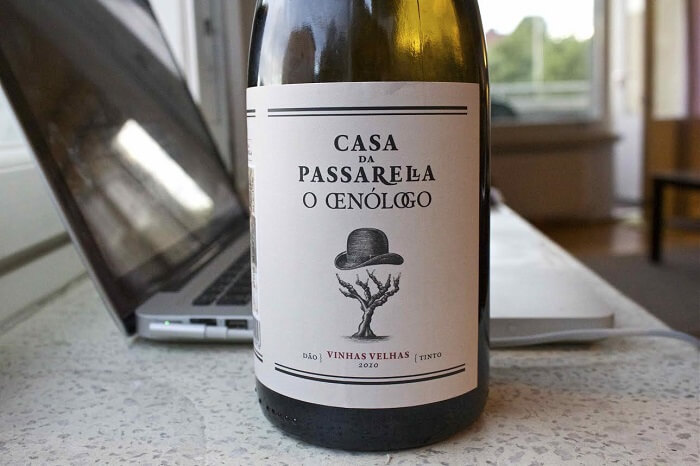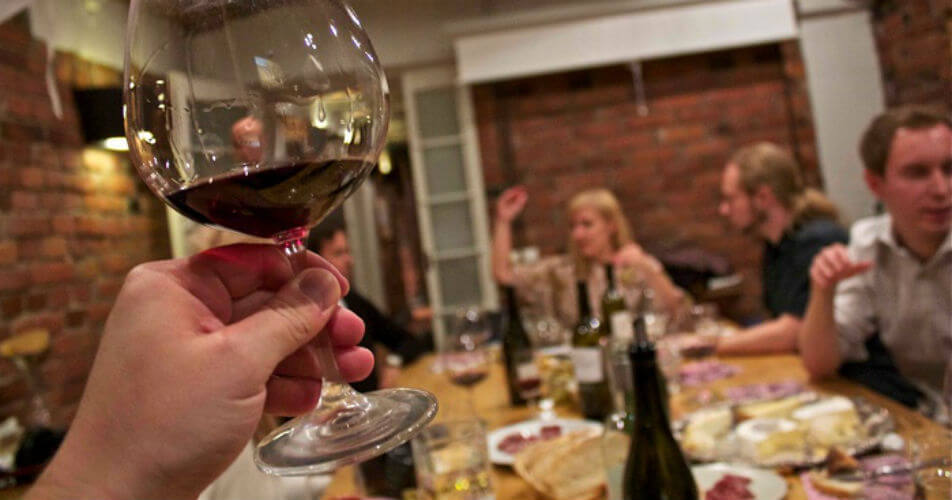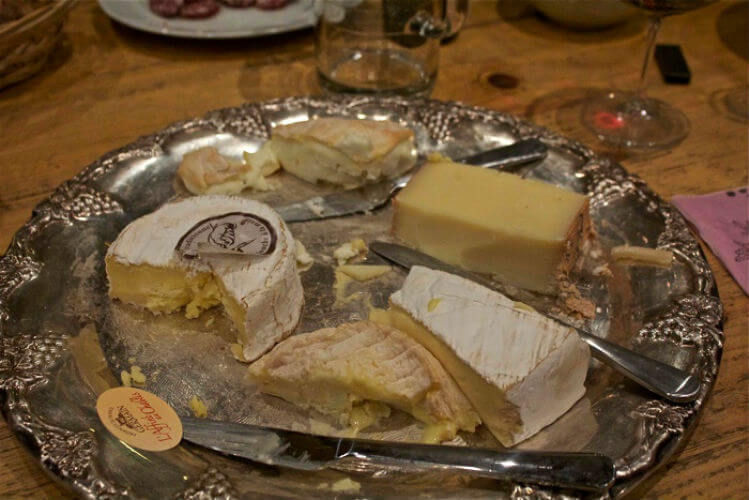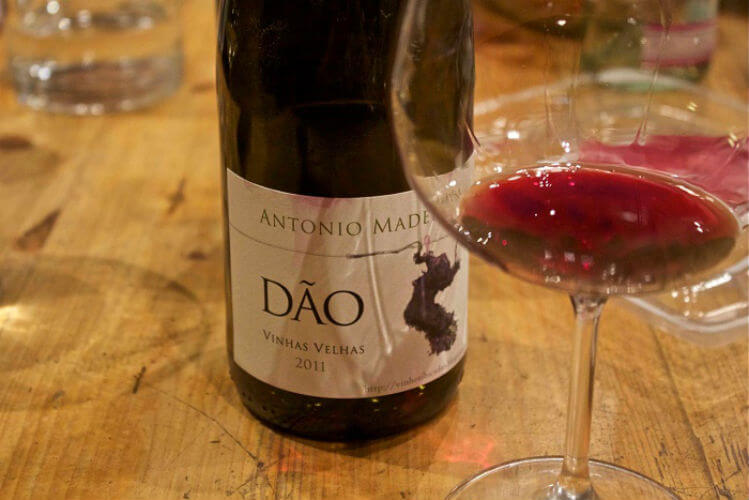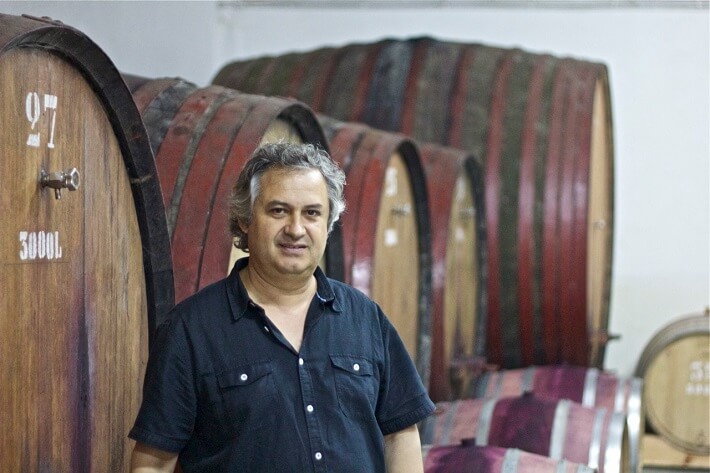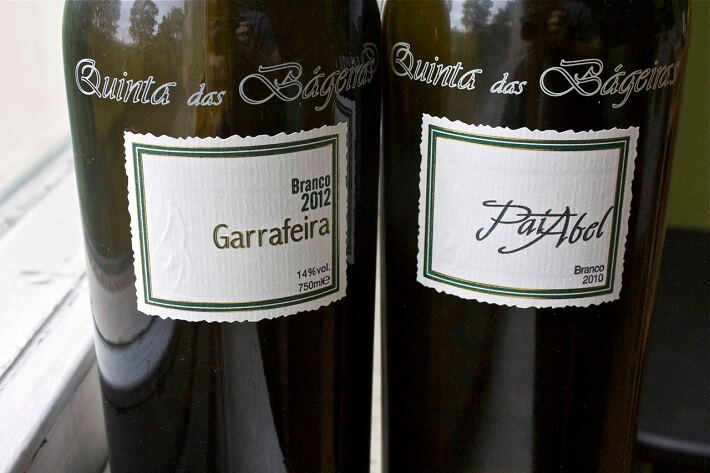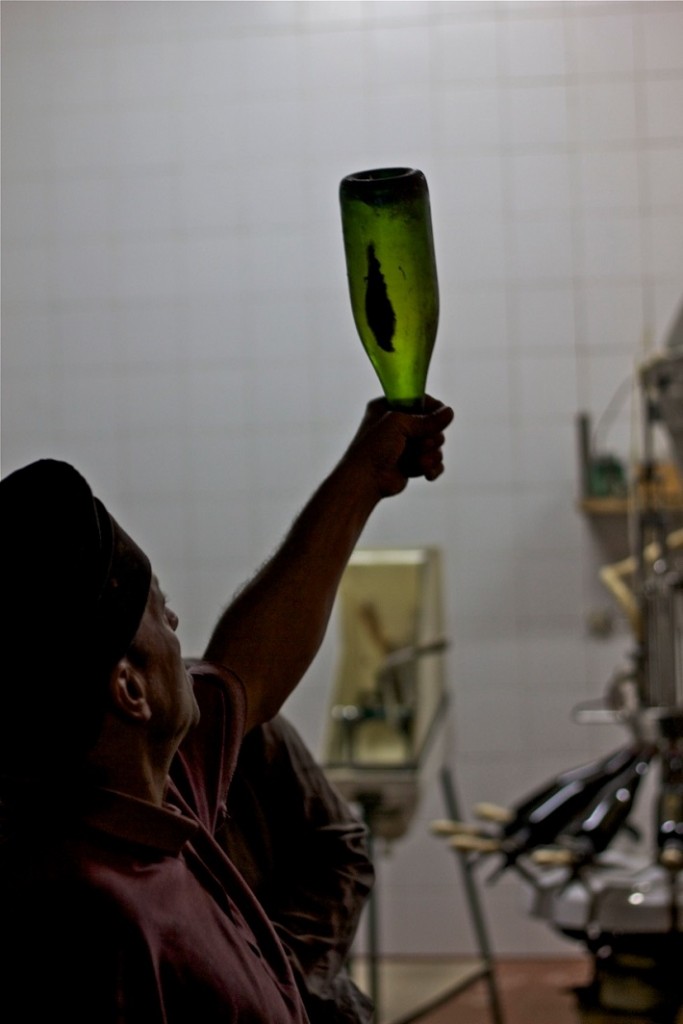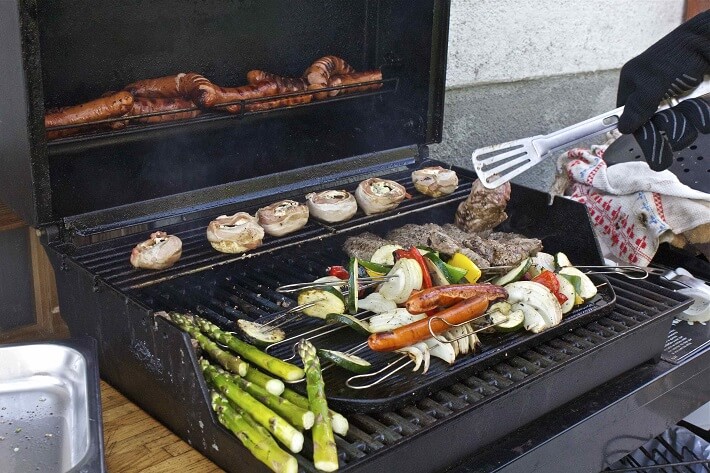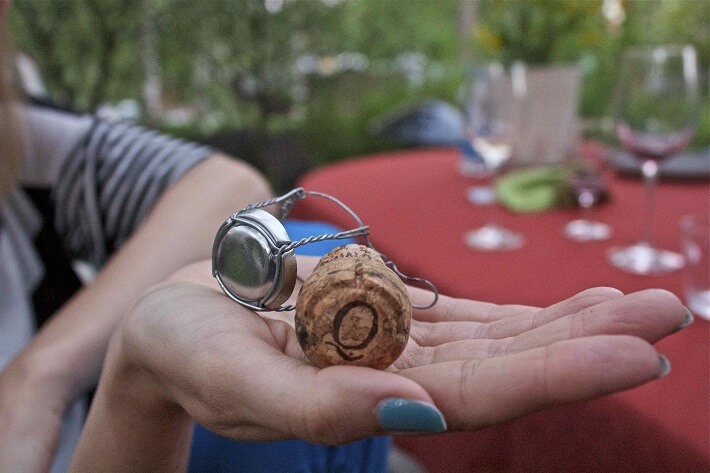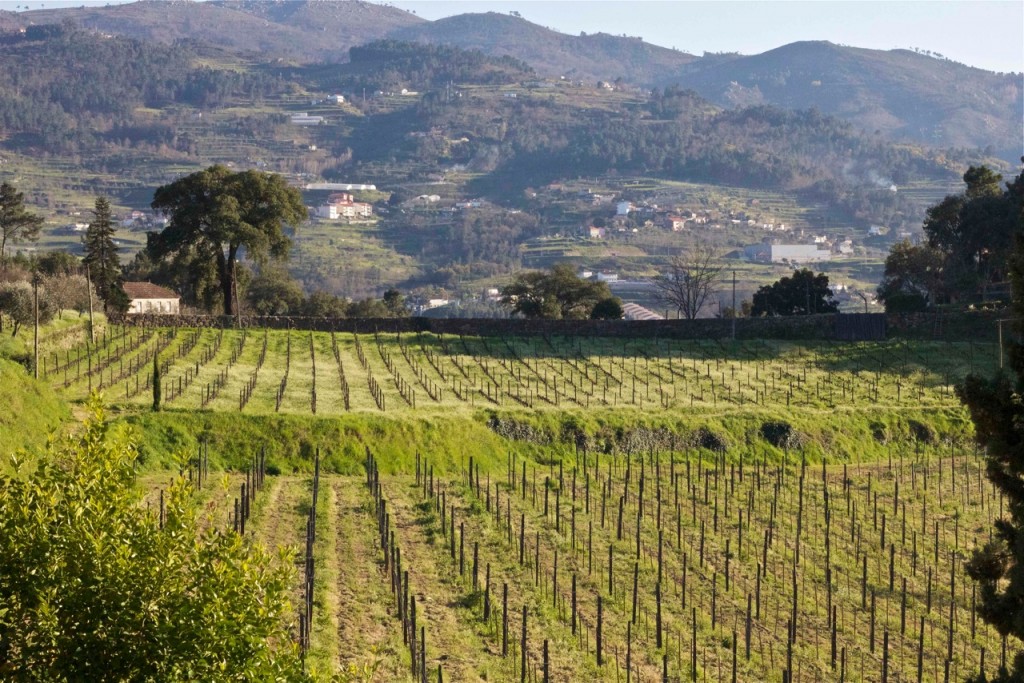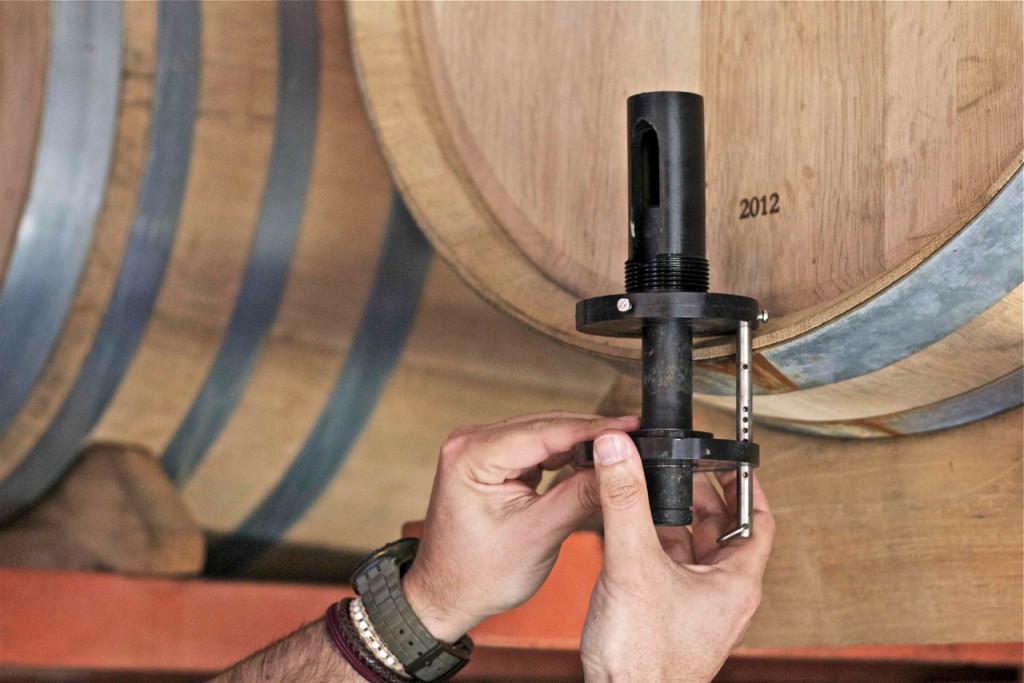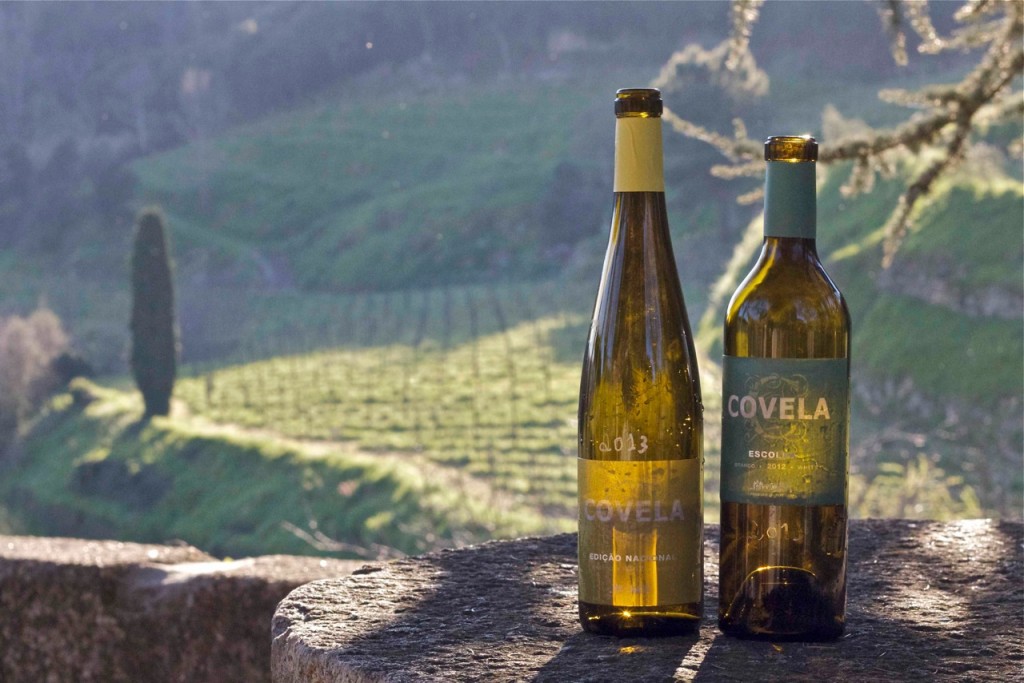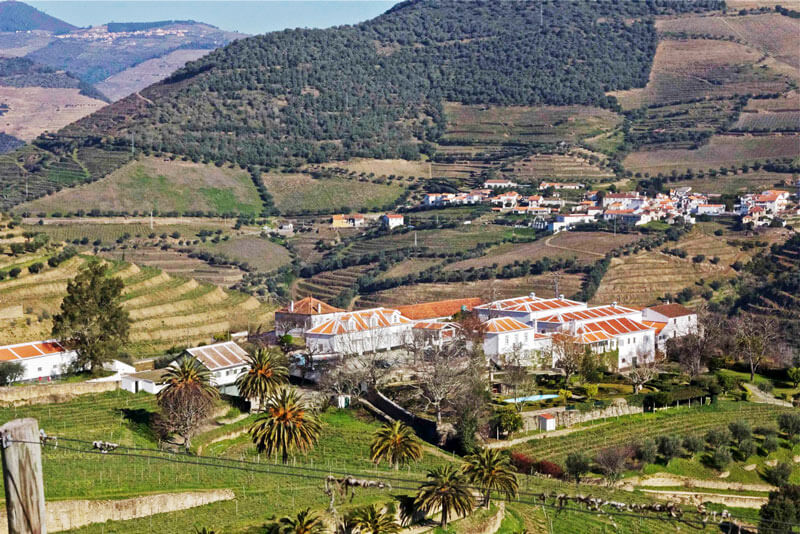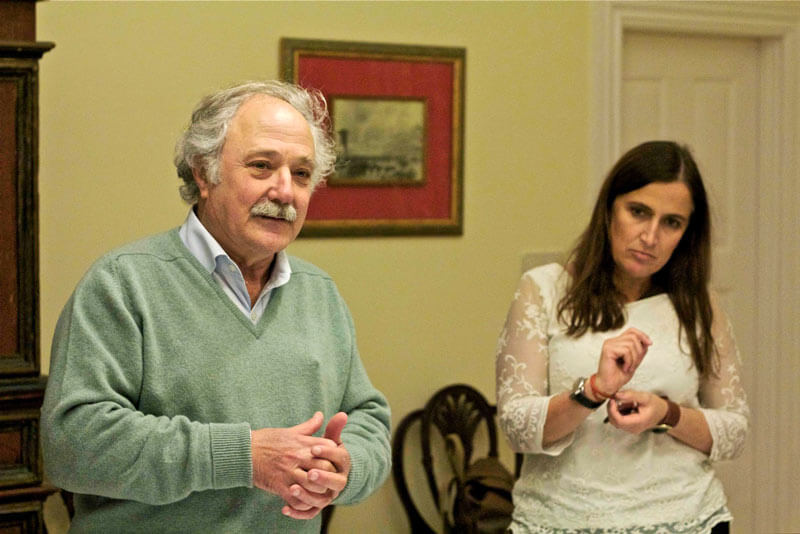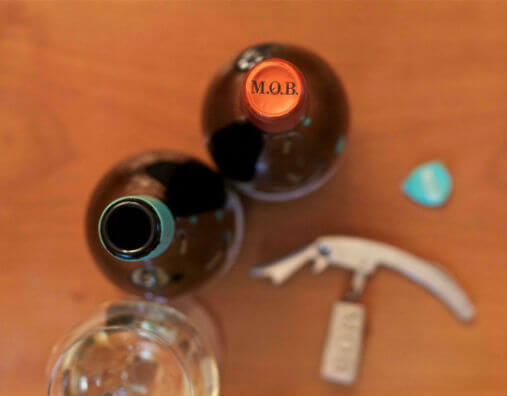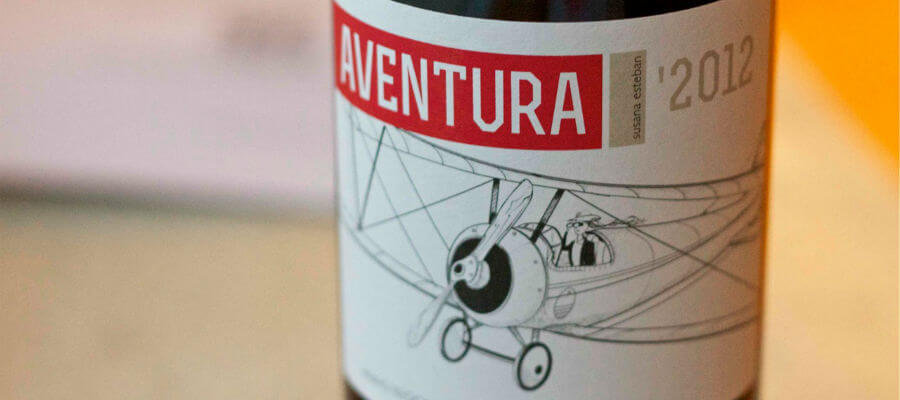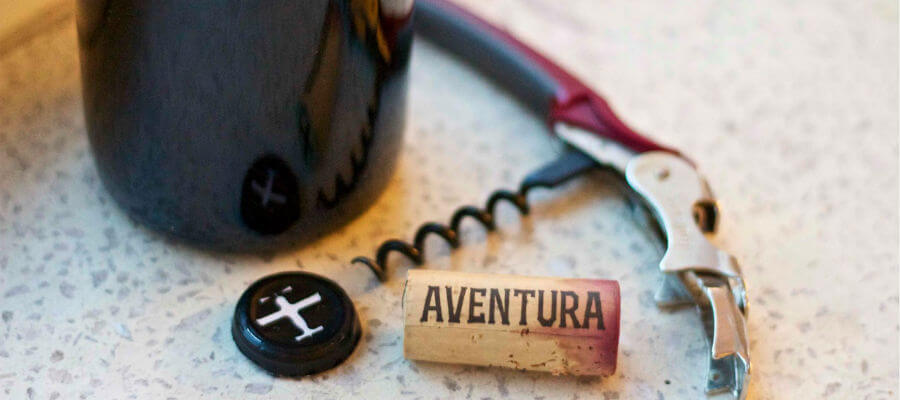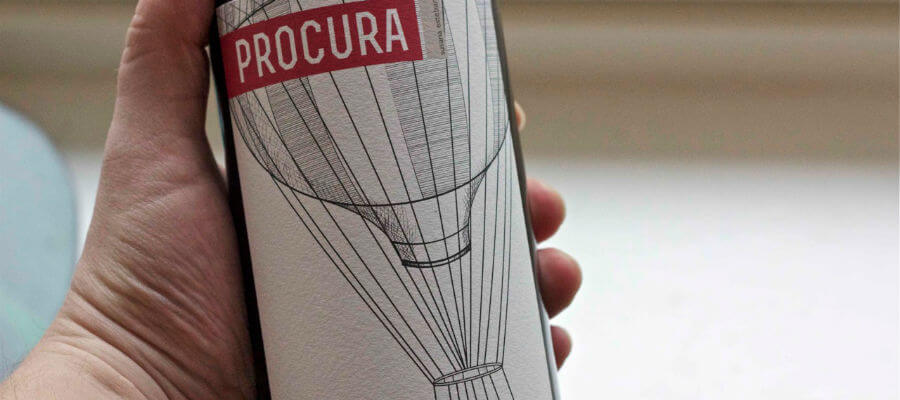Dominó by Vítor Claro
Text Ilkka Sirén
When people talk about “food friendly” wines I’ve always thought that it must be one of the most misused wine descriptions out there, right next to terroir and minerality. “This is definitely a food friendly wine”. Yeah? What kind of food? It’s a bit vague, don’t you think. Is there wines that are not food friendly? Wines that just do not go with anything. I know there is wines that might not need a food pairing to be quite enjoyable, but I have never tasted a wine that doesn’t go with any kind of food. I have also never met a winemaker that does not make food friendly wines, in his or hers opinion. Still, the words food friendly is often thrown around by wine writers and other industry professionals to describe a certain style of wine. I know this because I do it all the time too. It’s a lazy way of saying the wine is good.
Certainly there is wines that really need food to show their best. Some wines can actually be quite harsh and difficult to approach if you don’t have some food to go with it. People are used to wines that you can pop open a minute after buying them but traditionally wines that are meant to age, especially reds, have a structure that might be unappealing for most drinkers. They are not necessarily big full-bodied wines but quite tannic with high acidity and it is these two qualities that people usually associate with wines that go well with food. That being said, there is something magical, something that is impossible to measure in any way, when you combine great food with great wine and they complement each other perfectly.
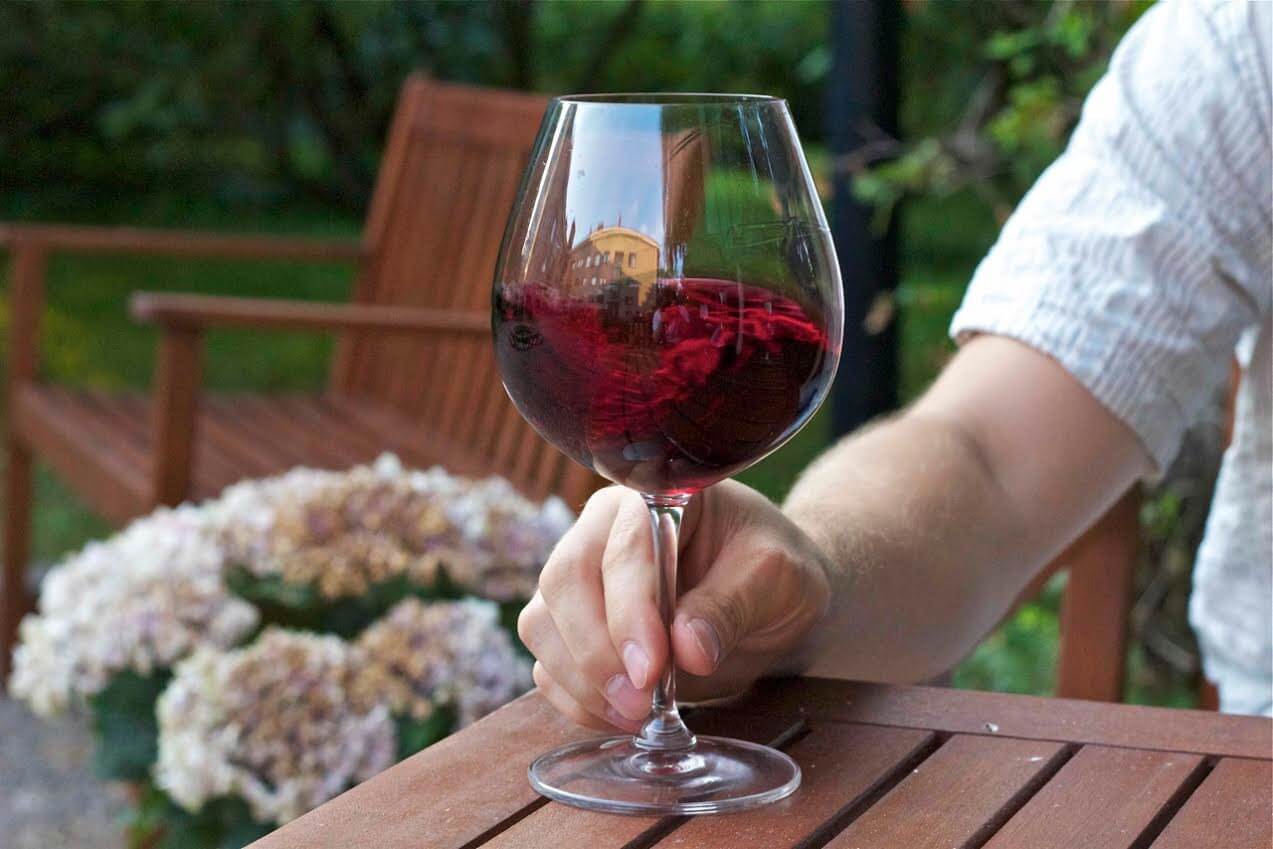
Glass of Wine – Photo by Ilkka Sirén | All Rights Reserved
Enter Vitor Claro, restaurateur, chef, winemaker. This Portuguese gastronaut runs his own restaurant Claro! in Paço de Arcos near Lisbon. He has worked in restaurants all over Portugal and London but in 2012 he opened his own shop.Apparently he caught the wine bug from Dirk Niepoort, which seems to happen quite often with Dirk. A few years went by, visiting wineries and tasting a lot of wine. An idea about making his own wine started brewing. He found two parcels of vineyards in the Portalegre region in Alentejo. Now, when I say Alentejo, forget it. Because these wines are not your typical Alentejano wines. This fairly new wine project is small, only 800 bottles each. It’s so small in fact that some might think what’s the point. In the end very few will have the opporunity to taste these wines. Not because they are too expensive but just very limited quantity. I’m sure the idea was not to create blockbuster wines but to do something different that shows the typicity of a region that is not well known even inside Portugal. Nevertheless it is a proof. A proof of the undeniable world-class quality of Portuguese wines.

Vítor Claro – Photo by Ilkka Sirén | All Rights Reserved
Dominó Monte das Pratas 2011
This wine is made from varieties like Alicante Branco, Moscatel Nunes, Fernão Pires, Dorinto, Tamarez, Síria, Pérola and a bunch of others. Old vineyard with an average age of 70 years, located 800 meters above sea level. 1o months in used oak barrels.
Very unique nose. Fennel and green apple aromas with a nice floral kick, probably from the Moscatel. Not as aromatic on the palate but plenty of structure. Acidity like licking an electric fence. Very good.
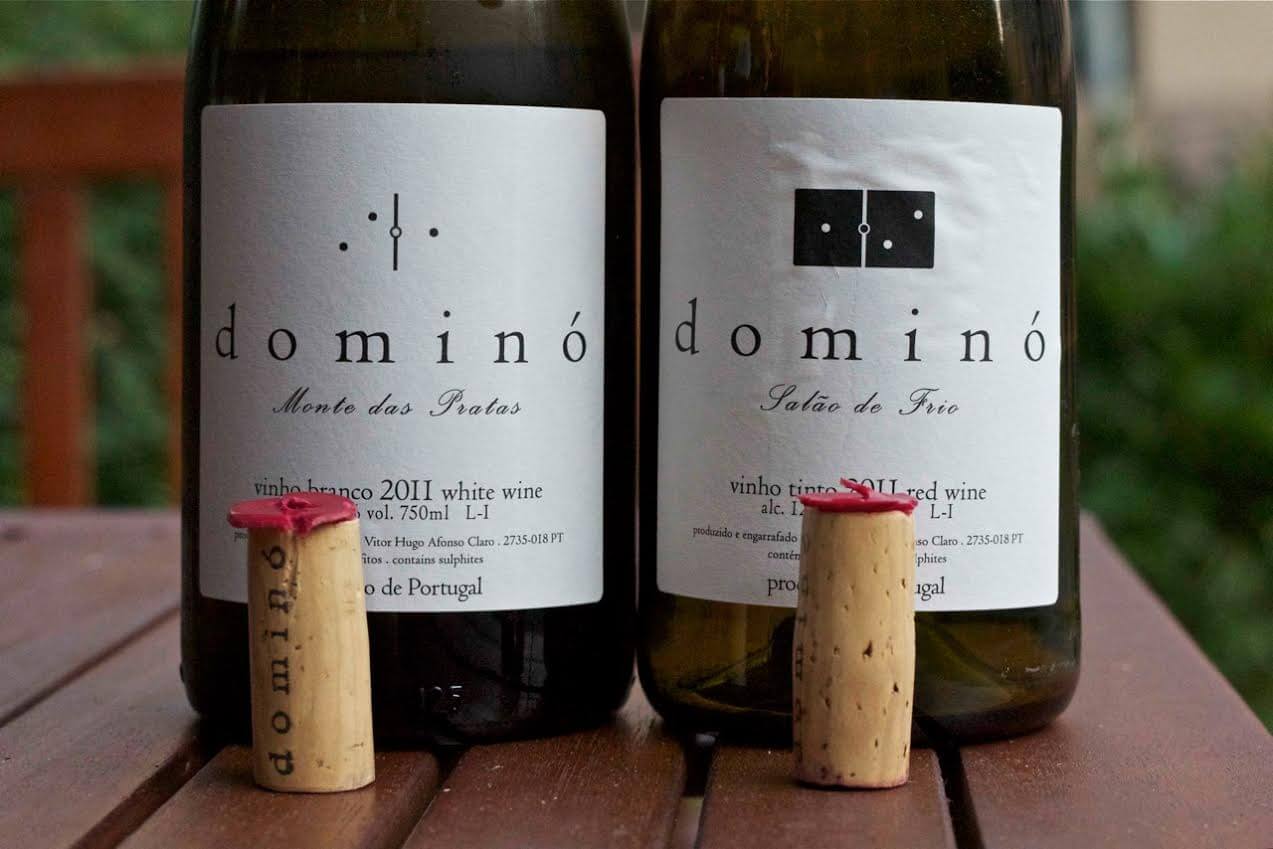
Dominó – Photo by Ilkka Sirén | All Rights Reserved
Dominó Salão do Frio 2011
Red blend from varities Alicante Bouschet, Tinta Francesa, Moreto, Castelão, Trincadeira and others. Average age of the vineyard is 50 years and it’s also located 800 meters above sea level. 20% without destemming. 15 months in used barrels.
Strong spiciness upfront; imagine snorting a line of black pepper. A mellow liquorice finish. Austere, tight tannin grip, a rough exterior but still delicate with some nice fruit in the background. Right from the start it’s obvious this wine is too young. There should be a sign hanging around the bottleneck saying “drink me, later!”. This wine is not trying to be a people pleaser. Instead this wine holds a surprise for those who have the patience to wait. One of the most exciting red wines in Portugal at the moment. Stellar.
Contacts
Av. Marginal, Curva dos Pinheiros, Hotel Solar Palmeiras
2780-749 Paço de Arcos
Phone: 214 414 231
Site: www.restauranteclaro.com





